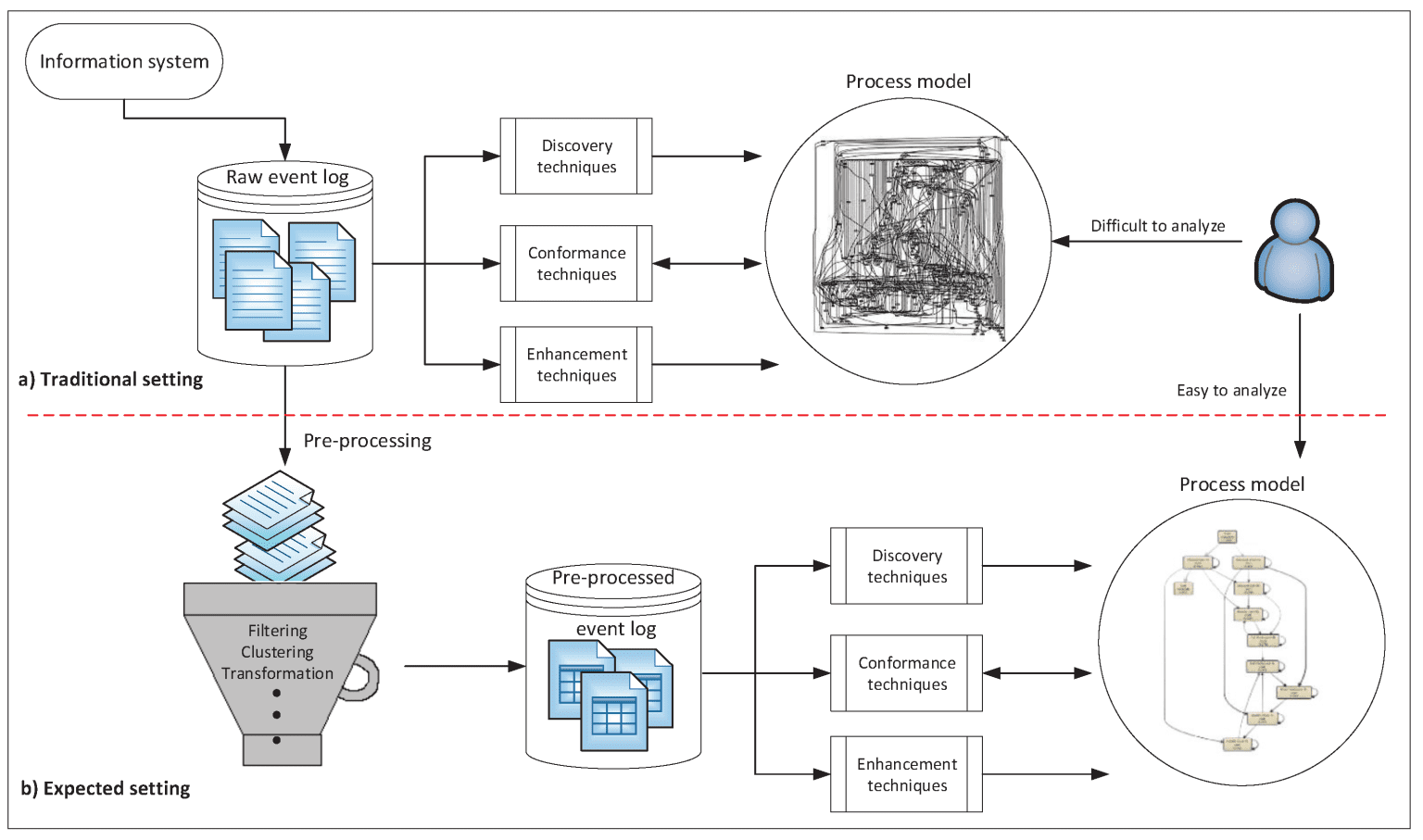Imagine standing in front of an enormous spider web glistening in the morning light. Each thread represents an event, and each intersection, a moment where choices connect and influence outcomes. The web may appear chaotic, yet hidden within its strands lies a perfect order — a system of causes and effects that shape every movement. In the digital realm, this intricate web of interdependencies is what causal net mining seeks to uncover. It is not about merely seeing what happened, but why it happened and in what order.
Causal net mining is where the art of storytelling meets the science of process discovery. It deciphers the hidden choreography behind business operations, tracing how one event sets another in motion. For professionals delving into advanced analytical thinking, this domain transforms dull event logs into narratives of intent and consequence.
The Orchestra Beneath the Noise
Think of an event log as a crowded concert hall moments before a symphony begins. There’s noise, movement, and confusion — yet, when the conductor raises the baton, harmony emerges. Causal net mining acts as that conductor, isolating the rhythm and sequence within the chaos.
Every transaction, click, or approval in a system leaves behind a trace. These traces, when analysed, reveal a symphony of dependencies — where one process triggers another and where specific actions must precede others. The algorithmic tools behind causal net mining don’t just detect patterns; they illuminate the underlying rules that govern a system’s flow. This perspective helps analysts and businesses anticipate disruptions before they occur, ensuring processes run as smoothly as a well-tuned orchestra.
Professionals exploring Data Analytics classes in Mumbai often encounter process-mining exercises where causal relationships determine how digital transformations succeed. Understanding these dependencies builds not only technical acumen but also the intuition to diagnose process inefficiencies with precision.
From Footprints to Pathways: Reading the Story in Data
Every organisation leaves behind digital footprints — trails of activities captured in system logs. While traditional analytics focuses on what happened, causal net mining ventures deeper into why it unfolded that way. It’s like a detective retracing footsteps through a forest, seeking not just the path but the intention behind each turn.
Through algorithms like α-miner, Heuristics Miner, and Inductive Miner, analysts reconstruct entire workflows. They identify which activities are causally linked and which occur concurrently or independently. This distinction matters because in complex systems, knowing the order of execution can mean the difference between efficiency and chaos.
In a healthcare process, for instance, causal analysis may reveal that delayed test approvals directly influence treatment initiation times. In finance, it may show how verification delays cascade into customer churn. For learners, this blend of logic and narrative thinking forms the foundation of advanced process improvement.
The Invisible Architecture of Business Processes
Behind every operational workflow lies an invisible architecture — an unseen skeleton holding processes upright. Causal net mining functions as an X-ray for this structure. It reveals bottlenecks where information stalls, redundant loops where effort repeats, and blind spots where dependencies are overlooked.
This capability turns routine data into a diagnostic tool. When a business wants to understand why product delivery timelines keep slipping, causal analysis can pinpoint whether approvals are delayed, resources are mismatched, or communication chains are broken. The resulting model doesn’t just mirror the past; it forecasts potential pitfalls.
This is where process mining meets predictive insight. Analysts don’t merely document; they design better systems. And as companies race toward automation and optimisation, those equipped with such analytical foresight become indispensable. Students who undertake Data Analytics classes in Mumbai gain first-hand exposure to such modelling techniques, enabling them to transform raw operational data into actionable business intelligence.
Turning Complexity into Clarity
In today’s hyper-connected enterprises, thousands of activities unfold simultaneously. From customer onboarding to shipment processing, everything leaves a trail of digital breadcrumbs. Yet tracing cause and effect through this complexity requires both analytical precision and creative reasoning.
Causal net mining bridges these worlds beautifully. It translates mathematical logic into understandable visual maps. These maps display how each process step depends on another, how parallel actions interact, and where constraints dictate order. The beauty lies in its balance — an algorithmic heart with an interpretive soul.
The end goal is not just to analyse but to understand. When stakeholders see a causal map, they don’t just see metrics — they see stories of how decisions ripple across departments, influencing results. That moment of clarity, when data stops being abstract and becomes human, is where true insight begins.
Conclusion
Causal net mining is the quiet art of making sense of motion. It transforms endless event logs into cause-and-effect blueprints that tell the story of how systems breathe, react, and evolve. By uncovering the required order of activities, organisations can design processes that are both resilient and intelligent.
In essence, it brings accountability to automation — revealing not only the sequence of actions but also the reasons behind them. Like tracing the strands of that morning spider web, analysts who master causal discovery learn that no event stands alone; each is a consequence and a catalyst in the grand network of operations.
Through this lens, data becomes more than a record of transactions — it becomes the living, breathing pulse of an organisation.


